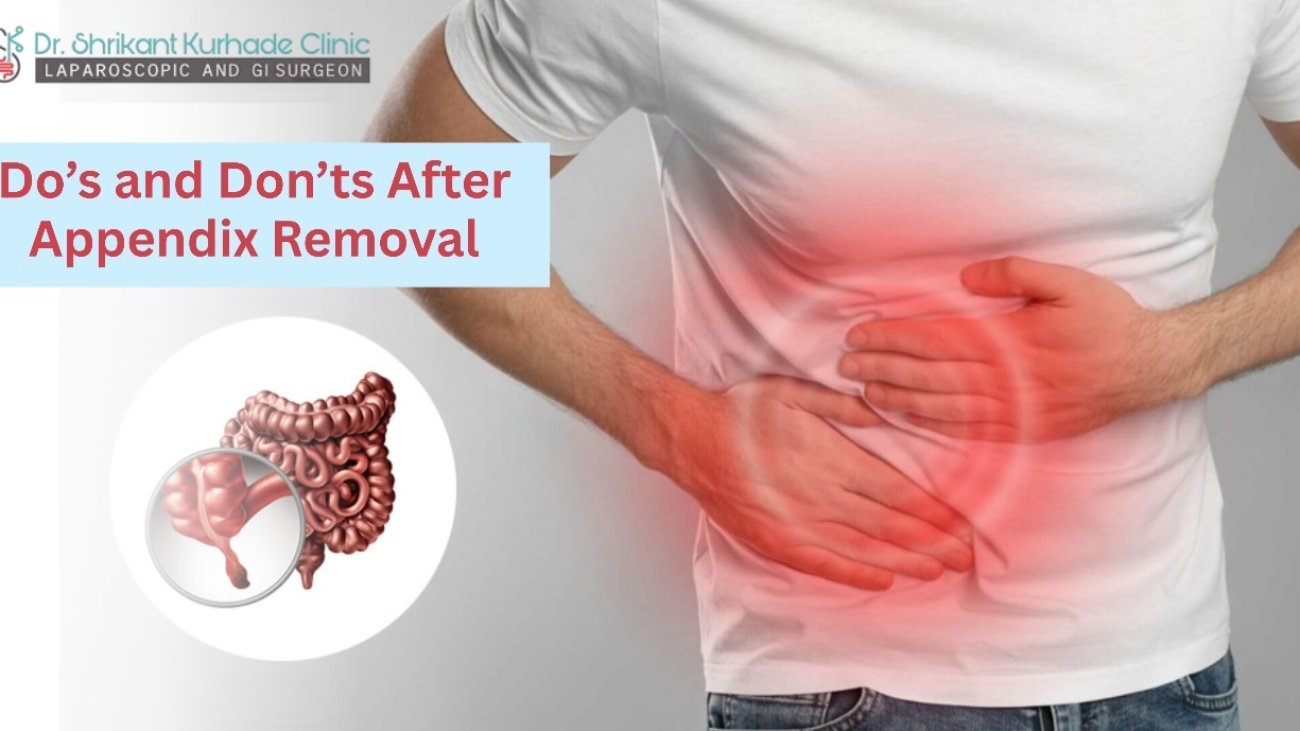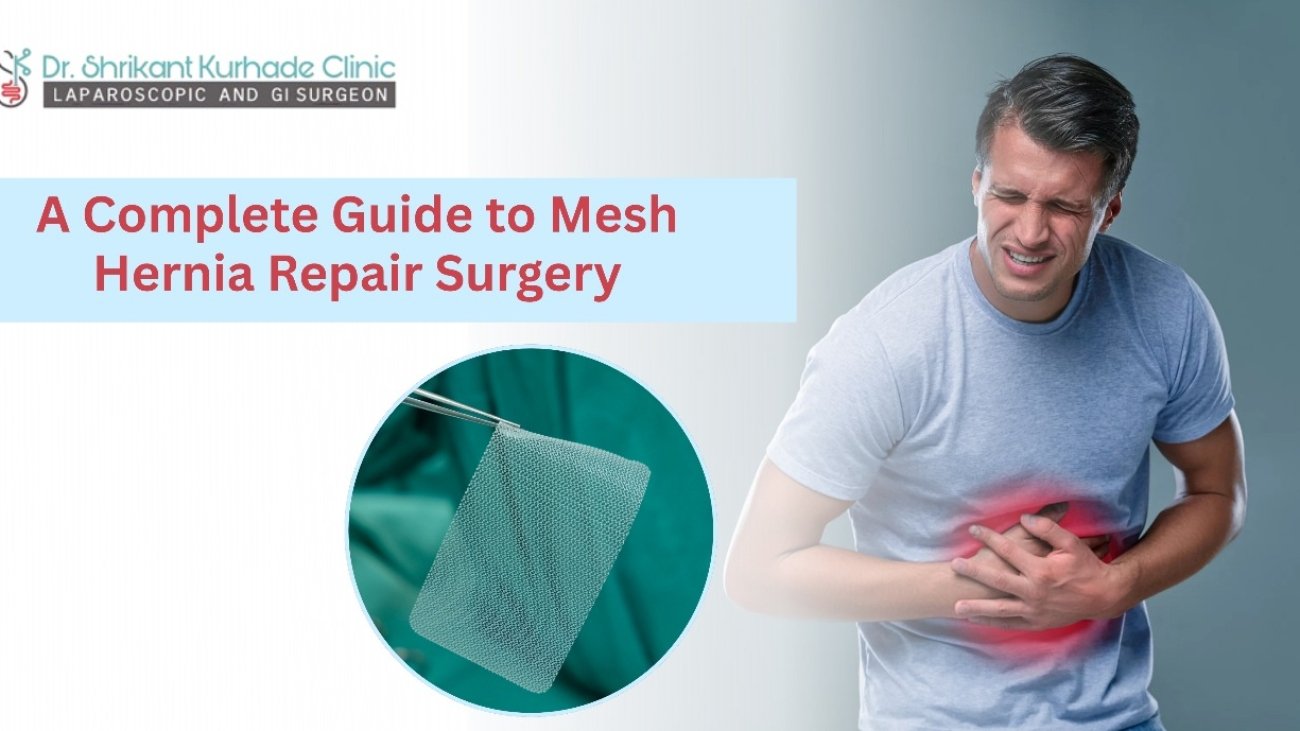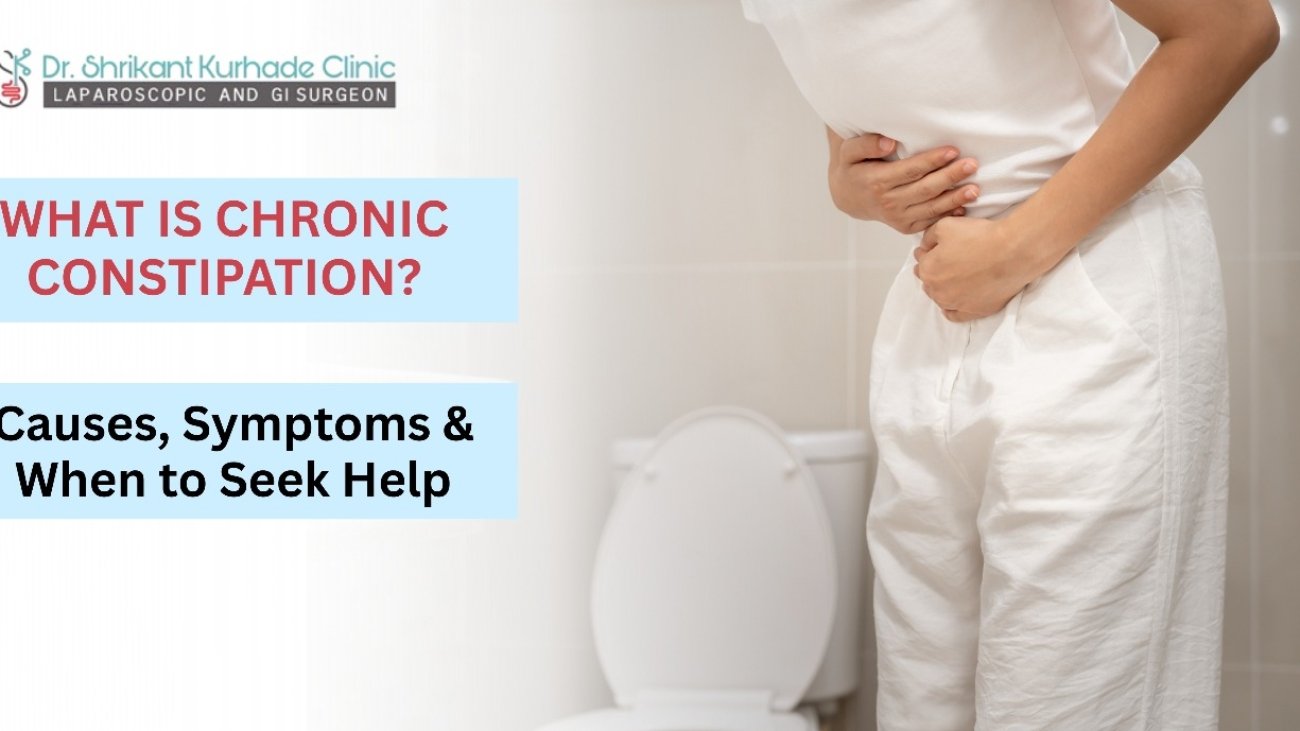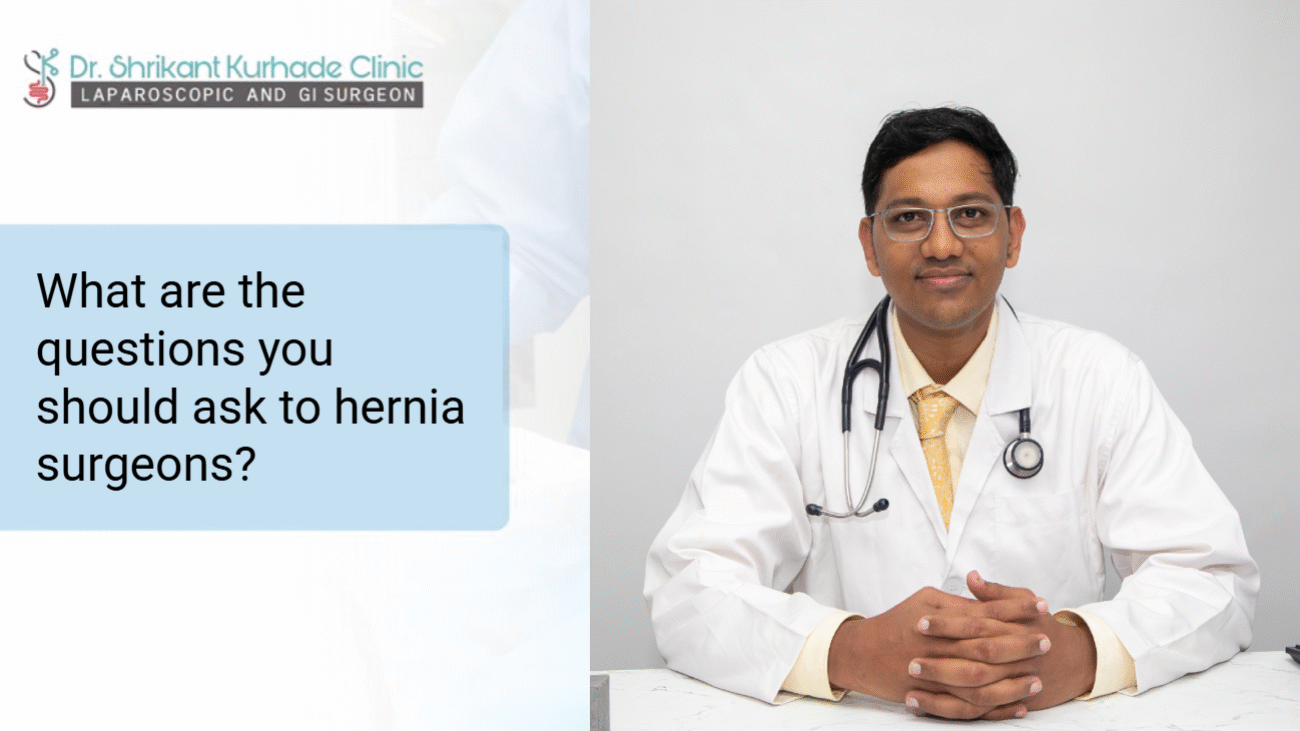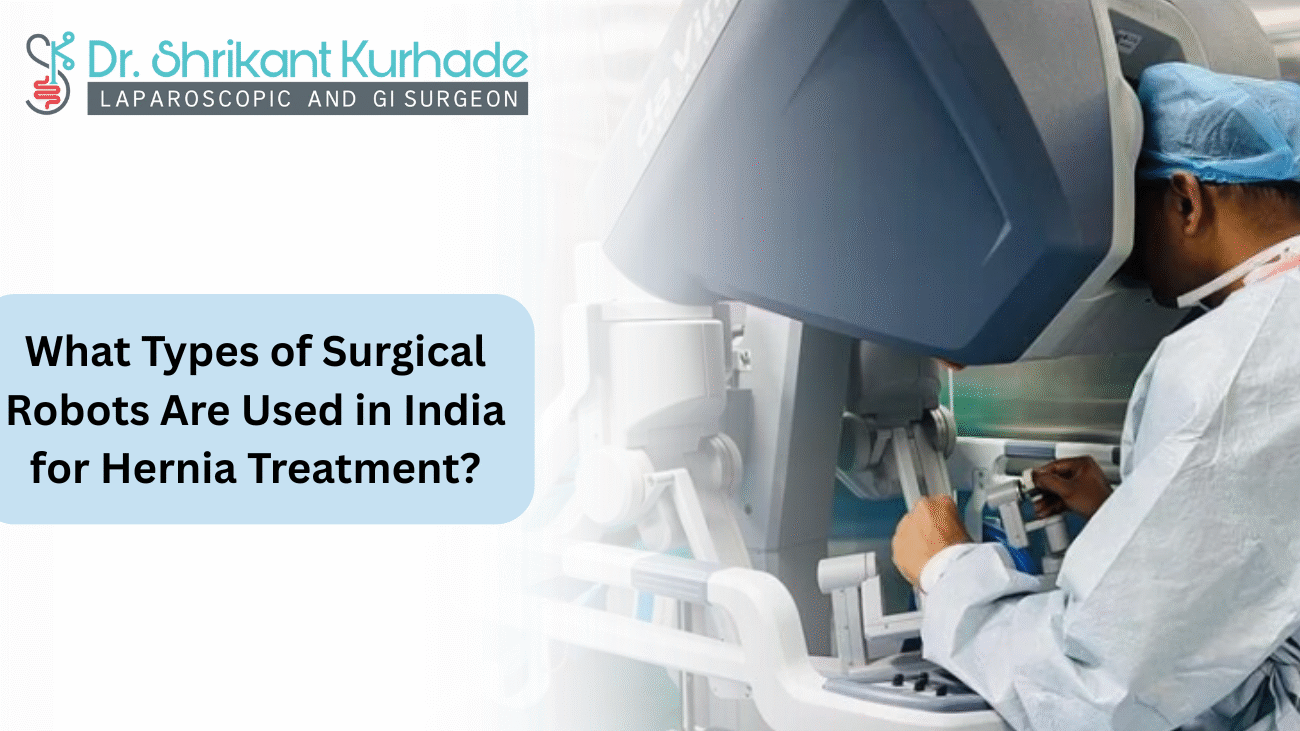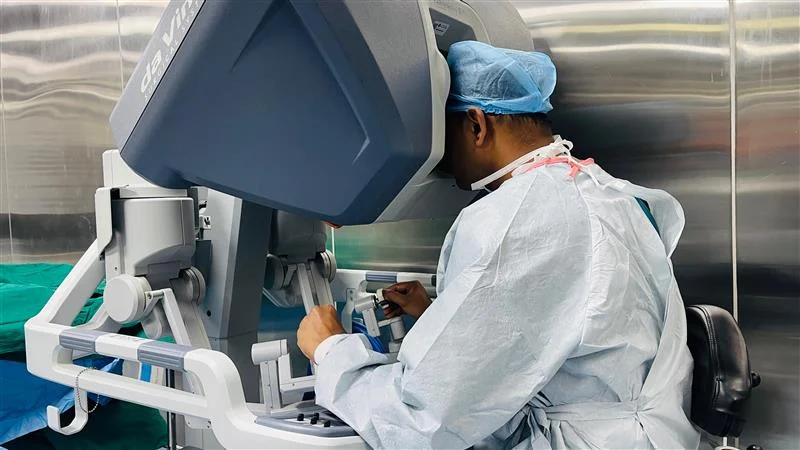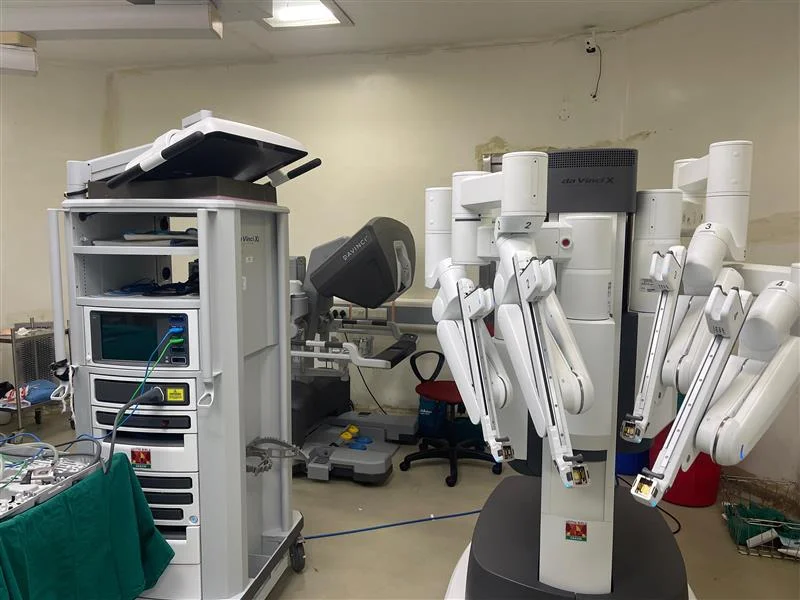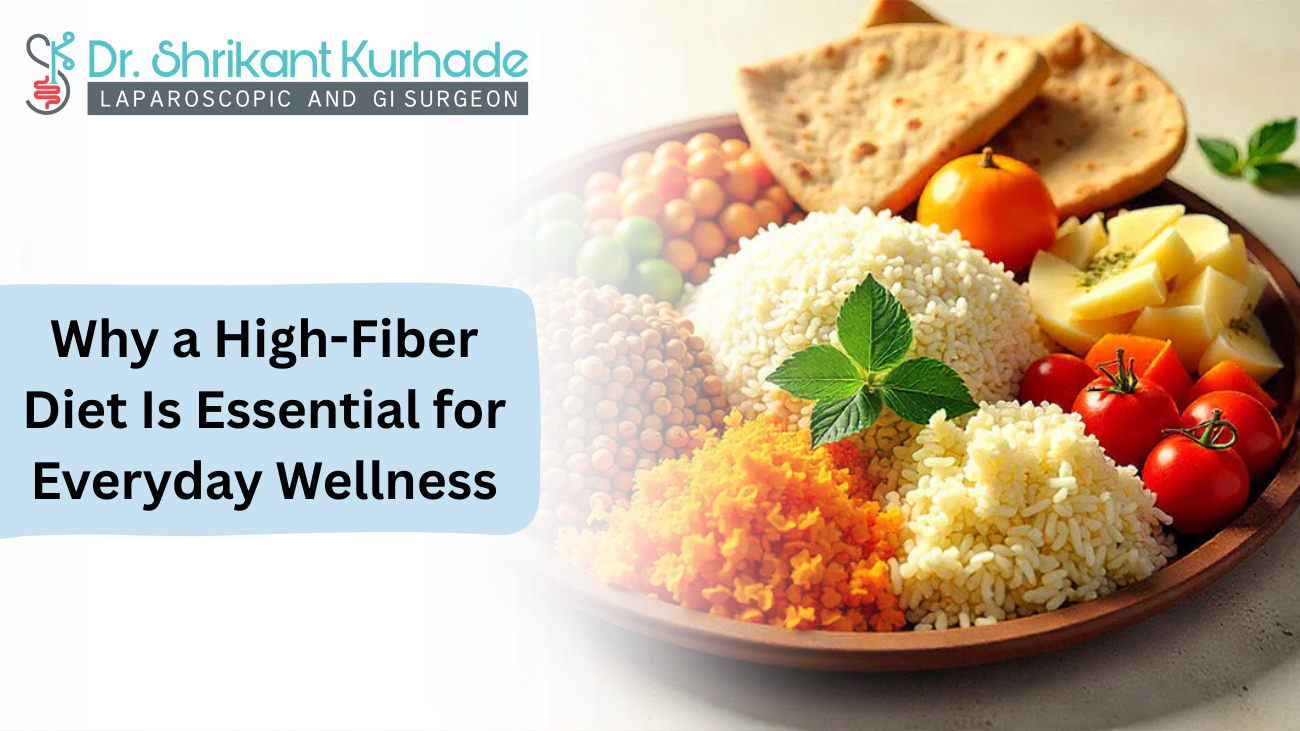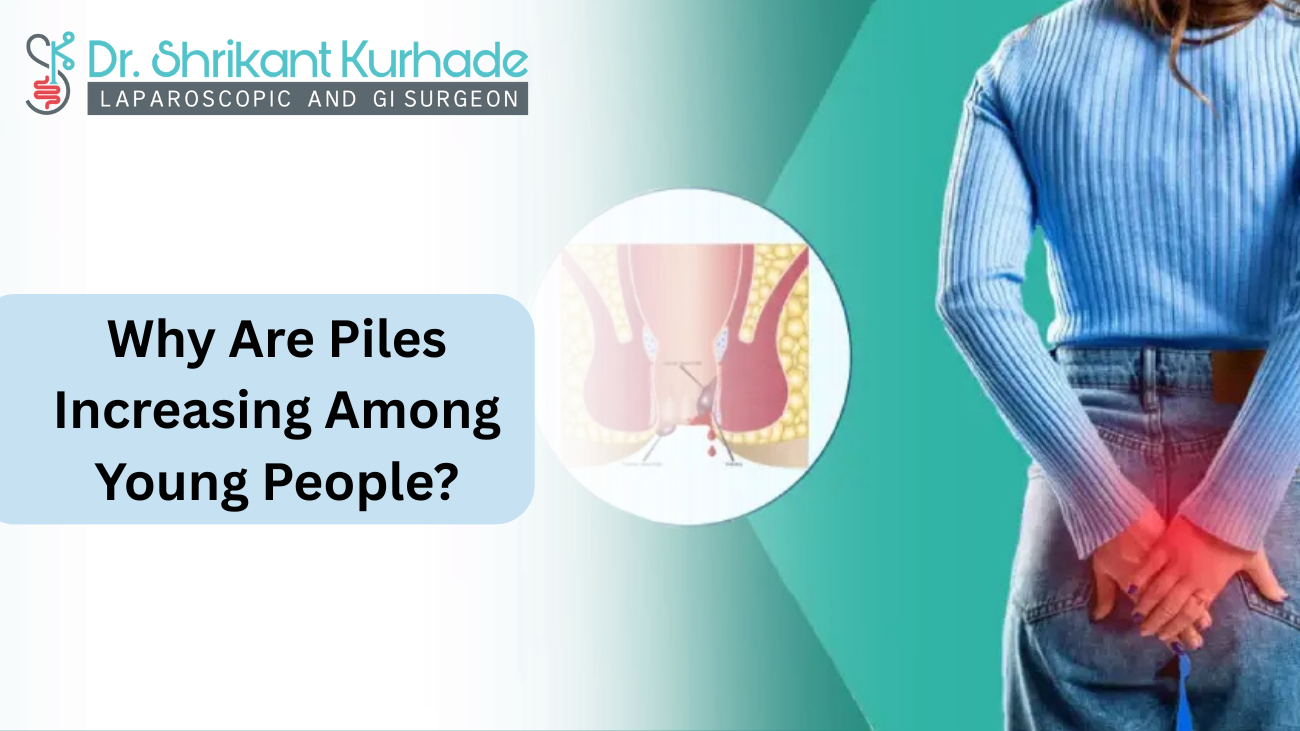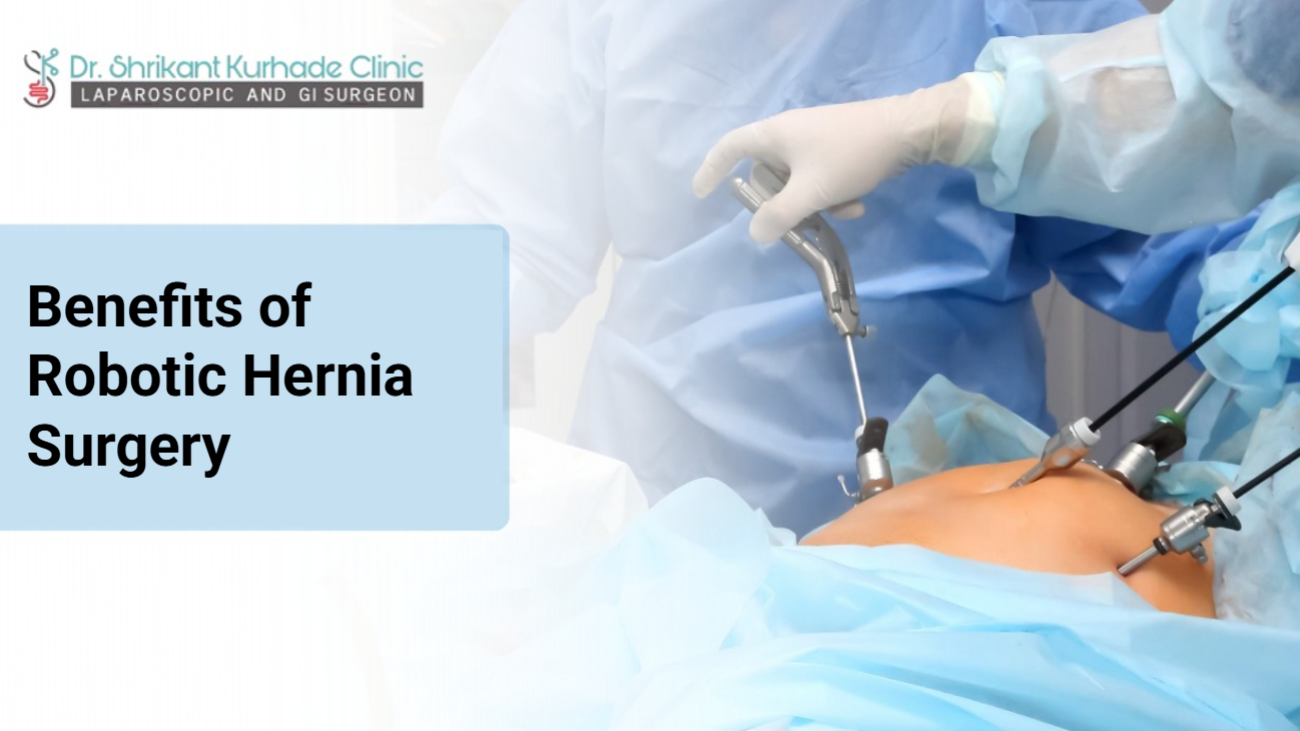Appendix removal, also known as appendectomy, is one of the most common and successful emergency surgeries. Whether performed through laparoscopy or open surgery, most patients recover well with proper post-operative care. However, the recovery period is just as important as the surgery itself. What you do—and what you avoid—during this time directly affects healing, comfort, and long-term health.
If you or your loved one has recently undergone appendix surgery, this complete guide covers the essential do’s and don’ts after appendectomy to help you heal faster, prevent complications, and follow safe post appendectomy care.
Understanding the Recovery Phase
The appendix is a small pouch attached to the large intestine. Once removed, the body continues to function normally, but the internal tissues require time to heal. The usual recovery after appendix surgery ranges from 2 to 4 weeks depending on the type of surgery and your overall health.
During this period, following the right after appendix surgery precautions is crucial. Here are the key things to do and what to avoid after appendix surgery for a smooth recovery.
Do’s After Appendix Removal
1. Follow Your Doctor’s Instructions
This is the most important step in appendicitis surgery recovery. Your surgeon will guide you on medications, activity limitations, and wound care.
Take prescribed antibiotics and pain relievers on time and attend follow-up visits as recommended.
2. Keep the Surgical Area Clean
Your incision area should remain clean and dry to prevent infection.
- Change dressings as advised
- Avoid applying powders, ointments, or creams unless prescribed
- Pat the area dry after bathing instead of rubbing
Proper wound care supports faster post appendectomy recovery.
3. Eat Light and Nutritious Meals
Your digestive system needs time to adjust after surgery. Begin with an appendix removal recovery diet that includes easily digestible foods such as:
- Soups
- Khichdi
- Dalia
- Steamed vegetables
- Fresh fruits
Once digestion stabilizes, shift to a fibre-rich diet to avoid constipation—an essential part of appendix removal recovery care.
4. Drink Plenty of Water
Staying hydrated helps digestion, prevents constipation, and supports faster healing. Aim for 6–8 glasses of water daily, unless advised otherwise.
5. Walk Regularly
Light walking improves blood circulation, prevents blood clots, and reduces bloating. Start with short walks and slowly increase duration. Avoid brisk walking or jogging during the initial weeks.
6. Take Adequate Rest
Your body heals best when it’s well-rested. Sleep at least 7–8 hours and take short naps if needed. Avoid overexertion or sitting in one position for too long.
7. Monitor for Warning Signs
Seek medical help if you notice:
- Fever
- Severe abdominal pain
- Redness or discharge from incision
- Persistent nausea or vomiting
- Difficulty passing stool or gas
Early detection helps prevent complications during appendectomy recovery.
Don’ts After Appendix Removal
1. Don’t Lift Heavy Objects
Avoid lifting anything heavier than 2–3 kg for at least 2–4 weeks. Heavy lifting can strain the abdominal muscles and disrupt healing, leading to hernia or wound complications.
2. Don’t Drive Too Early
Driving immediately after surgery is risky due to pain, discomfort, and medications that may cause drowsiness. Wait until your doctor gives approval—usually after one week or when you are pain-free.
3. Don’t Engage in Intense Physical Activities
Avoid activities like:
- Gym workouts
- Jogging
- Cycling
- Swimming
- Bending or twisting exercises
These movements can harm the healing tissues and increase the risk of infection.
4. Don’t Eat Heavy, Oily, or Spicy Foods Initially
Foods that are too greasy or spicy can upset your stomach and slow digestion. This is a crucial part of understanding what to avoid after appendix surgery.
Also avoid carbonated drinks and gas-forming foods like beans and cabbage during the early days.
5. Don’t Ignore Pain or Discomfort
Pain is your body’s way of signaling that something needs attention. Do not ignore persistent or worsening pain—consult your doctor immediately.
6. Don’t Take a Bath in a Tub or Go Swimming
Submerging the incision area can increase the risk of infection. Stick to showers until your doctor confirms that the wound has healed completely.
7. Don’t Resume Work Too Soon
Whether you have a desk job or physically demanding work, returning too early may delay healing. Give your body the rest it needs.
Tips for Faster Recovery
- Start with small meals and gradually return to regular eating
- Avoid constipation by consuming fibre and staying hydrated
- Use a pillow to support your abdomen while coughing or sneezing
- Wear loose, comfortable clothing
- Maintain a positive mindset—recovery may take time, but it will happen
These habits enhance appendix removal recovery and help you regain strength faster.
When to Contact Your Doctor Immediately?
Call your surgeon if you experience:
- Severe or increasing abdominal pain
- Pus-like discharge from the incision
- High-grade fever
- Difficulty in urination
- Persistent vomiting
- No bowel movement for more than 2–3 days
Early medical intervention can prevent serious complications.
Conclusion
At KK Care Clinic, Dr. Shrikant Kurhade, a leading Robotic Surgeon in Pune, offers dedicated care to ensure a safe and smooth recovery after appendix surgery. From hospital discharge to follow-up visits, he and his team guide you through every stage of healing. If you’re looking for expert guidance on the do’s and don’ts after appendectomy, Dr. Kurhade’s medical expertise—combined with healthy habits and patience—helps you return to your normal routine comfortably. His advice ensures you follow the right appendix removal recovery diet, understand appendix removal recovery time, practice proper post appendectomy care, and know exactly what to avoid after appendix surgery for the best and safest healing process.

